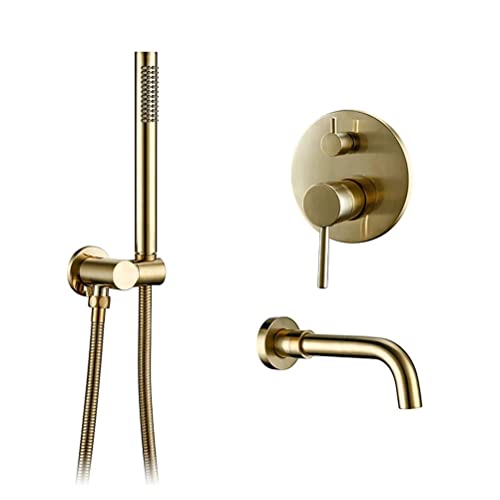Here is the dual cell setup. I finally got it running last night.
I want to make a larger cell in a 300 series stainless container like the one described by Harold.
But for now I used what I know works to get some of this silver processed. I have gotten to where the metal is coming in faster than I can refine it. Not a bad problem to have, unless the price of silver heads south.
That pile of anode bars is only about half of what I have to run through the cells. I have about another 1600 grams or so of cemented silver that needs to be washed and melted into anode bars.
In the last week, I have been working so much that I neglected to check the cell. The silver bridged the gap between cathode and anode basket and shorted the cell.
It has happened twice. In both cases I took the cell apart and cleaned, added fresh electrolyte and restarted, using any silver crystals to make anode bars.
I was wondering if anyone has come up with a solution (other that a constant watch) to solve the problem of the cell shorting. I may have asked this before - sorry if it is a repeat.
I was thinking of getting a wall plug timmer, and setting it for an hour, so if I get busy and forget to check the cell, then the power will shup off after an hour. I can then just reset the timer and carry on.
Thanks - kadriver
I want to make a larger cell in a 300 series stainless container like the one described by Harold.
But for now I used what I know works to get some of this silver processed. I have gotten to where the metal is coming in faster than I can refine it. Not a bad problem to have, unless the price of silver heads south.
That pile of anode bars is only about half of what I have to run through the cells. I have about another 1600 grams or so of cemented silver that needs to be washed and melted into anode bars.
In the last week, I have been working so much that I neglected to check the cell. The silver bridged the gap between cathode and anode basket and shorted the cell.
It has happened twice. In both cases I took the cell apart and cleaned, added fresh electrolyte and restarted, using any silver crystals to make anode bars.
I was wondering if anyone has come up with a solution (other that a constant watch) to solve the problem of the cell shorting. I may have asked this before - sorry if it is a repeat.
I was thinking of getting a wall plug timmer, and setting it for an hour, so if I get busy and forget to check the cell, then the power will shup off after an hour. I can then just reset the timer and carry on.
Thanks - kadriver
































































